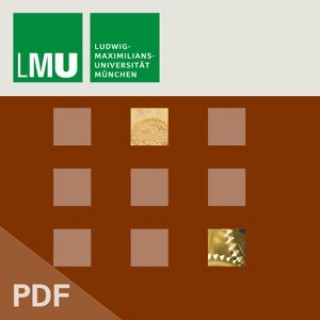Podcasts about bamiyan
- 83PODCASTS
- 101EPISODES
- 26mAVG DURATION
- 1MONTHLY NEW EPISODE
- Dec 13, 2025LATEST
POPULARITY
20172018201920202021202220232024
Best podcasts about bamiyan
Latest news about bamiyan
- Does India Control The Taliban? Terrorism Watch - Nov 4, 2025
- At Jaishankar-Muttaqi meet in Delhi: Two Afghanistan flags, no women journalists — and the Bamiyan Buddhas India | The Indian Express - Oct 10, 2025
- ‘It’s more than martial arts – we teach courage‘: the Afghan sisters honing karate skills in Iran The Guardian - Sep 30, 2025
- Armed Clash in Bamyan Injures 10 People The Khaama Press News Agency - Sep 22, 2025
- Elderly British couple to fly home after release by Taliban









